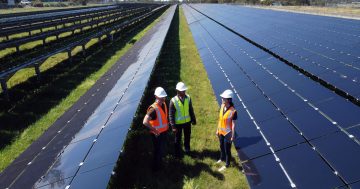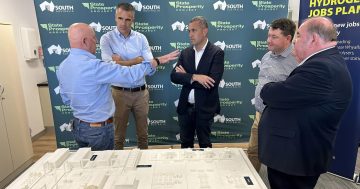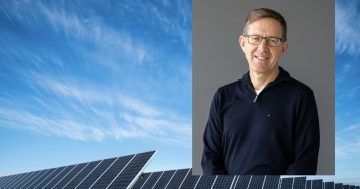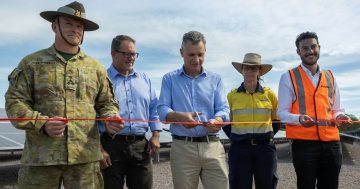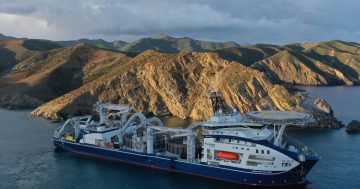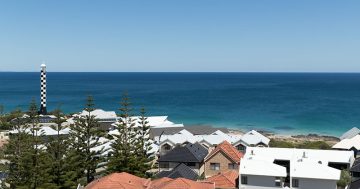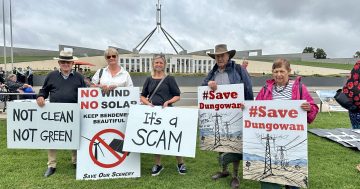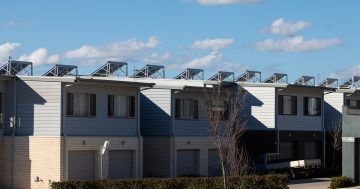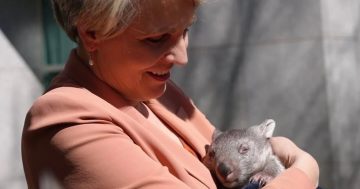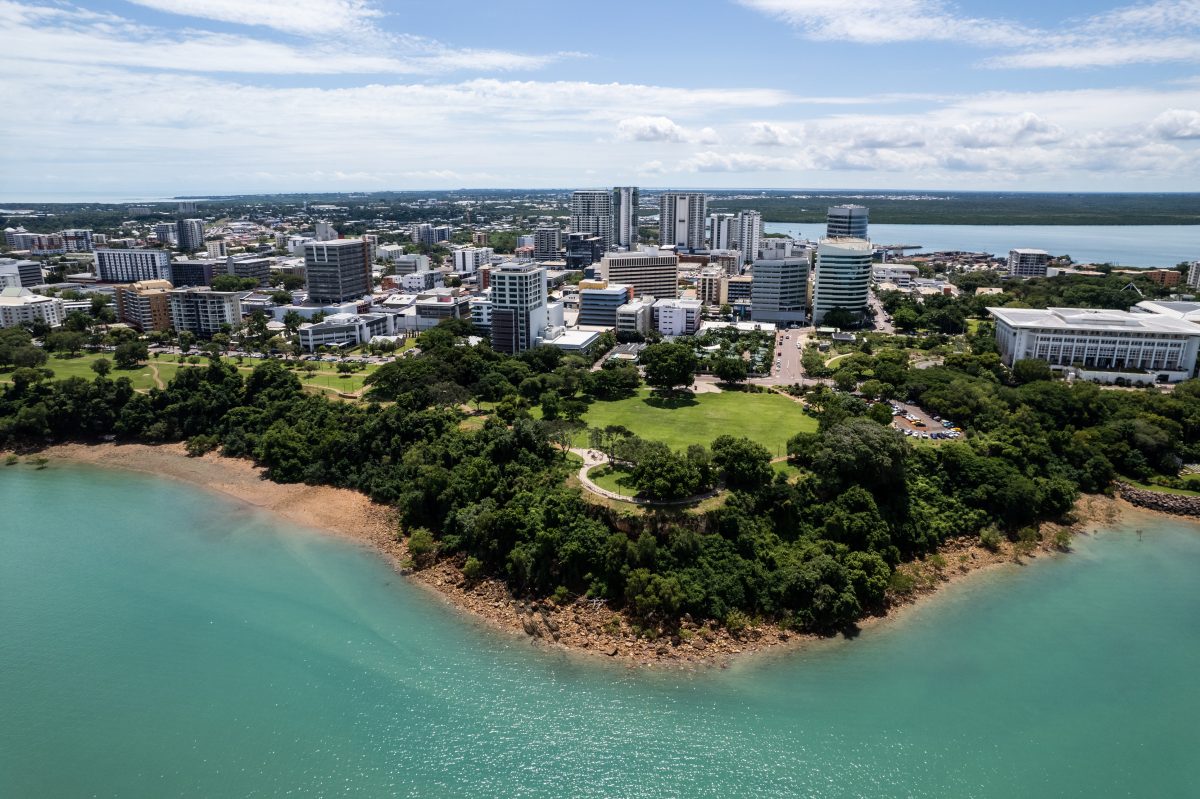
The Australia-Asia Power Link aims to transform Australia into a major exporter of renewable energy, with its main client being the gas-dependent island nation of Singapore. Photo: Vitalii Tairov.
Federal Environment Minister Tanya Plibersek has signed off on her approval of a new industrial solar power project to be constructed in the Northern Territory (NT) that will power three million homes.
The Australia-Asia Power Link (AAPowerLink) solar farm will be the biggest in Australia and is expected to produce up to 6GW of renewable energy for Darwin and potential export to Singapore. It will use an underwater cable from the end of Australian waters to the NT’s capital before an 800-kilometre transmission line to a pastoral station between Elliot and Tennant Creek where the 12,000-hectare project will be sited.
SunCable, the company behind the project, was formed in 2018 by a group that included former chief executive David Griffin. However, it was taken over by Atlassian co-founder Mike Cannon-Brookes in May last year following a public quarrel with fellow billionaire and then-partner to the project, Andrew Forrest.
The company says its ”flagship project’ will bring more than $20 billion to the Top End’s economy during the first 35 years of its operation, while supporting an average of 6800 jobs for each year of the construction phase.
Ms Plibersek said the project would be the “largest solar precinct in the world – and heralds Australia as the world leader in green energy”.
“The energy generated by this project is almost six times the amount of energy a 700 MW large nuclear reactor could deliver, based on IEAA figures,” she said. “We have no idea what the equivalent to Peter Dutton’s anti-renewables nuclear plan might be because there are no details other than it being too slow and too expensive for Australia.
“Australians have a choice between a renewable energy transition that’s already underway creating jobs and driving down prices, or paying for an expensive nuclear fantasy that may never happen.”
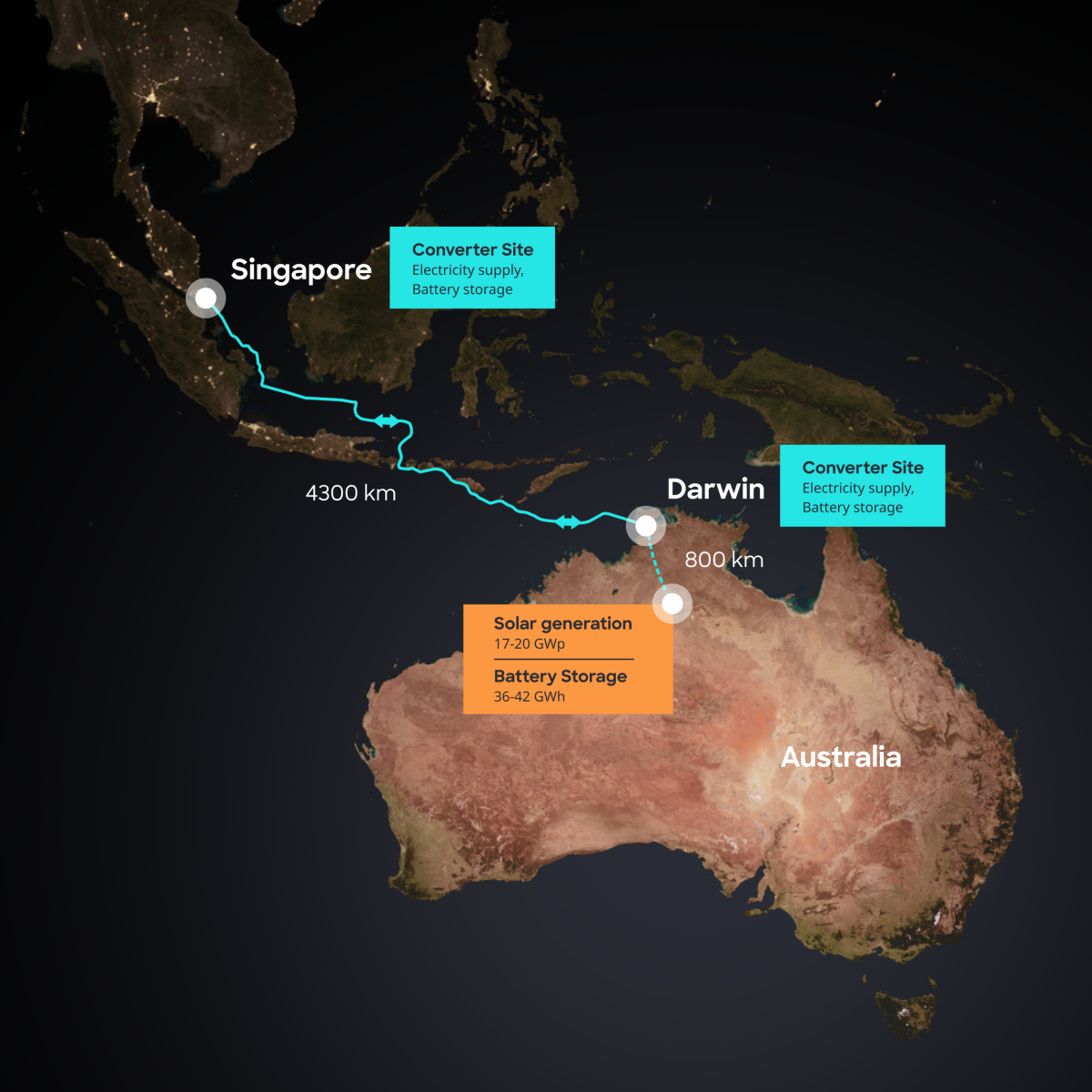
Over two stages of development, the AAPowerLink project aims to deliver up to 6GW of electricity to large-scale industrial customers in Darwin and Singapore via a 4300 km subsea cable. Photo: SunCable.
After the project’s approval by the NT Government and its Environment Protection Authority last month, Minister Plibersek has followed suit by signing off on it under the EPBC Act.
However, her approval comes with strict conditions on SunCable to protect nature, including requirements to avoid important species such as the greater bilby and critical habitat.
Following extensive assessment and public consultation with stakeholders across the country over four years, managing director Cameron Garnsworthy said it was a “vote of confidence” in the project and company as “responsible stewards of the local NT environment”.
“SunCable is a company founded on a vision to help decarbonise the planet,” he said. “SunCable will now focus its efforts on the next stage of planning to advance the project towards a final investment decision targeted by 2027.”
In progressing to this next phase, SunCable will:
- Continue negotiations of Indigenous Land Use Agreements (ILUAs) with traditional owners across the project footprint in the Northern Territory
- Engage with Singapore’s Energy Market Authority on the conditional approval application for the subsea cable interconnector component of the project
- Engage with the Indonesian Government on regulatory and permit matters to prove the subsea route includes knowledge and hydrographic data-sharing.
The Climate Council has welcomed Ms Plibersek’s approval of the project, with its CEO Amanda McKenzie labelling it a “bold step in seizing the power of the sun to make Australia a clean energy powerhouse”.
“Already today, 40 per cent of the power in our main national grid is powered by reliable renewables,” she said. “Major new projects like SunCable will keep driving up the dominance of solar and wind – delivering affordable energy and slashing climate pollution.
“With the closure of coal-fired power stations on the horizon, Australia needs to accelerate the rollout of solar and storage at every level – rooftops, large-scale projects, and everything in between.”


